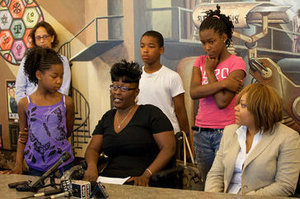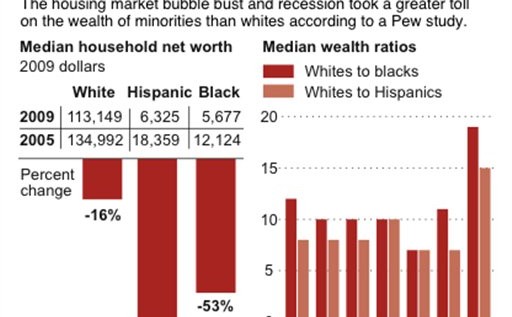IAmNotADictionary Phrase Of The Day: Self-Government

It was the Caribbean ideal of self-government that provided Garvey with his vocabulary of racial independence. Moreover, Garvey combined the social and political aspirations of the Caribbean people with the popular American gospel of success, which he converted in turn into his gospel of racial pride. Garveyism thus appeared in the Caribbean as a doctrine proposing solutions to the twin problems of racial subordination and colonial domination.
The Council of the District of Columbia is the legislative branch of local government established by the District of Columbia Home Rule Act of 1973″ enacted by Congress and ratified by District voters. The Council is composed of a Chairman elected at large and twelve Members–four of whom are elected at large, and one from each of the District’s eight wards. A Member is elected to serve a four-year term.
The Home Rule Act is the result of the ongoing push by District residents for control of their own local affairs. The existing local government is the most expanded form of self-government since the establishment of the District as the seat of the federal government. In 1790 when the District was established on land ceded by Maryland and Virginia to the federal government only about 3,000 citizens lived in the area–far less than the 50,000 required to be a state. The people living in the federal district continued to vote in Maryland and Virginia respectively.
Citizens in Washington City favoring self-government organized protests and meetings, and in 1802, petitioned Congress for a municipal charter. The Charter granted by Congress made Washington an incorporated city and gave voters the right to elect a local legislature (called a Council) that could pass laws and levy a tax on real estate to pay for city services. The local government also included a mayor appointed by the President.
Nearly seventy years later, Georgetown, Washington City, and Washington County were absorbed into a new territory governed by a governor and a council appointed by the President, a popularly-elected house of delegates, and a non-voting delegate to Congress. The territorial government lasted about three years until replaced by a temporary board of three commissioners appointed by the President.
During this period, District residents and Congressional supporters continued to press for self-government and representation in Congress. The Senate passed bills providing some form of home rule six times between 1948 and 1966, but, each time a similar bill died in the House District of Columbia Committee. The commissioner form of government was replaced in 1967 by a mayor-commissioner and a nine-member city council appointed by the President.
In 1963, District residents won the right to vote for President and Vice-President of the United States with the ratification of the 23rd Amendment to the Constitution. Four years later, citizens were won the authority to elect a School Board. In 1970, the District gained a nonvoting delegate to the House of Representatives. While the fight for local autonomy proceeded step by step, Congress, particularly the House Committee on the District of Columbia, continued to exercise great authority over the local affairs of the District.
Citizens embraced the new Home Rule government as more representative of the local citizenry and more responsive to their needs. The powers and duties of the Council are comparable to those held by state, county and city legislatures, including the authority to adopt laws and to approve the District’s annual budget submitted by the Mayor. As the legislature, the Council is a co-equal branch of government and is part of a system of checks and balances similar to any other state government. When the Office of Mayor is vacant, the Chairman of the Council becomes the Acting Mayor.
Under the Home Rule government, however, Congress reviews all legislation passed by the Council before it can become law and retains authority over the District’s budget. Also, the President appoints the District’s judges, and the District still has no voting representation in Congress. Because of these and other limitations on local government, citizens continue to lobby for the authority held by all 50 states.
In 1978, Congress passed the Voting Rights Amendment giving the District voting representation in Congress. However, the Amendment died in 1985, after failing to be ratified by 38 states. In 1980, voters approved an initiative calling for a state constitutional convention to write a constitution, and, two years later, approved the constitution for the state of New Columbia.
Since then, bills to admit New Columbia as the 51st State of the Union and other bills to expand the authority of the local government are regularly introduced in both the House and Senate, but, have failed to pass Congress. In November 1990, as mandated by the Constitutional Convention, District voters elected two Statehood senators and one representative to lobby Congress. The push for local autonomy continues.
Finally, in 1973, the Home Rule Act passed in Congress, and District residents approved it in a special referendum the next year. In a historic leap for greater self-determination, District citizens elected a Mayor and Council in the fall of 1974. Voters also approved the election of Advisory Neighborhood Commissioners who represent every 2,000 residents to advise the Council on neighborhood concerns.




